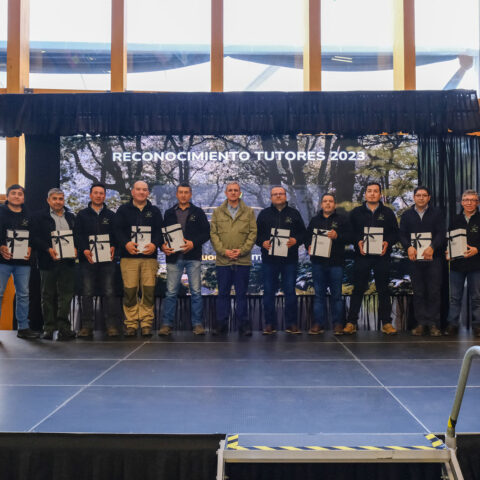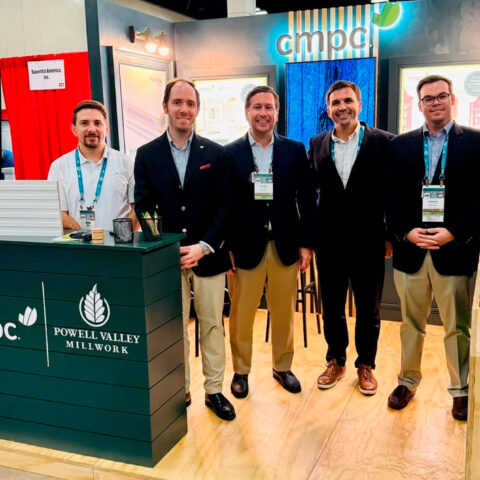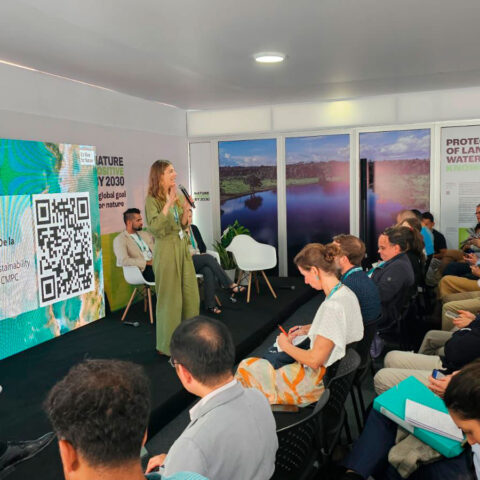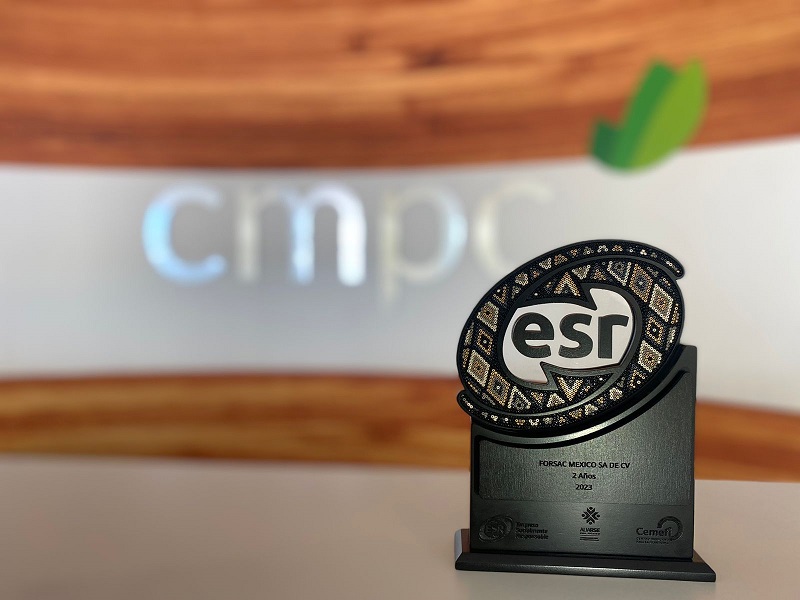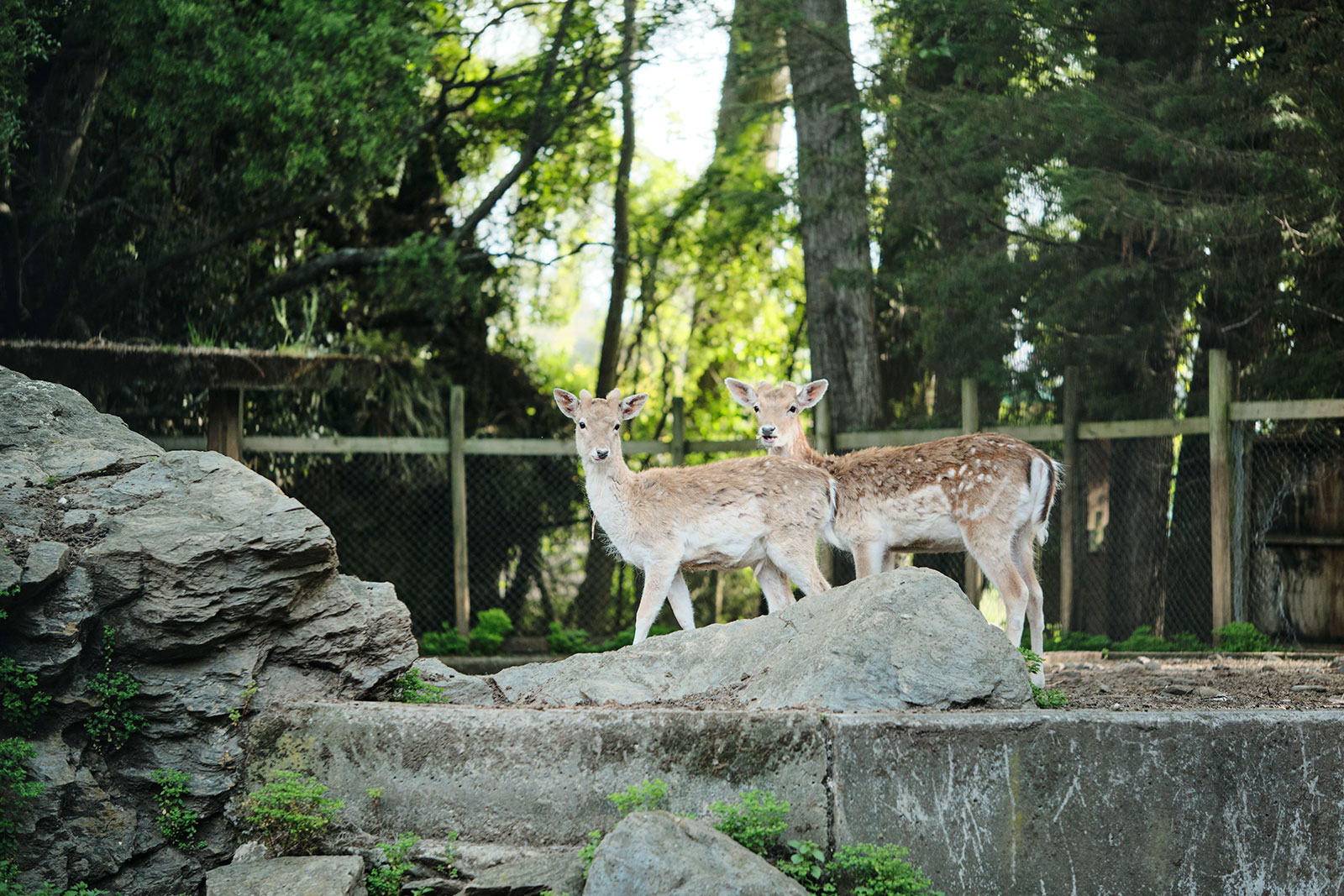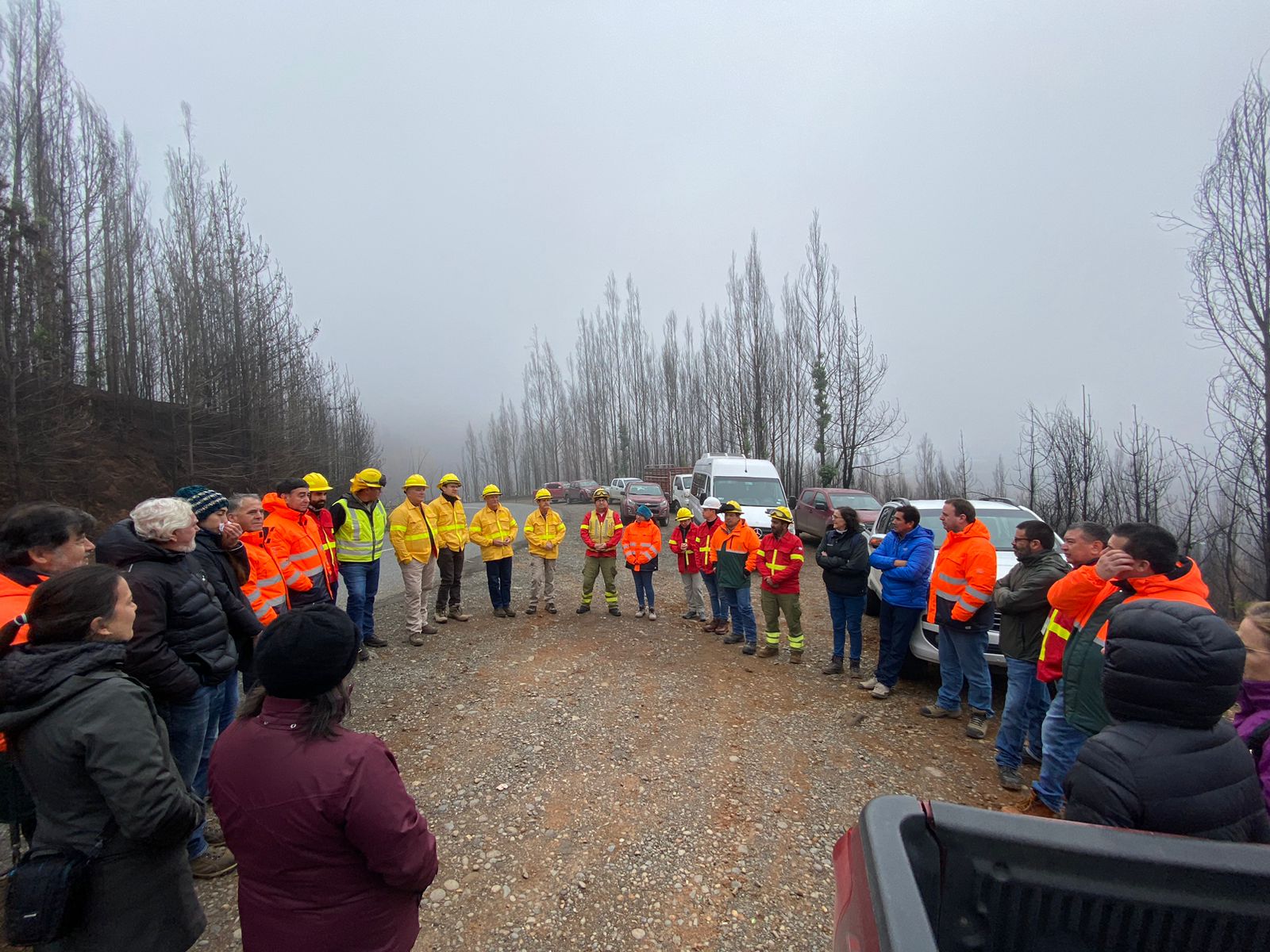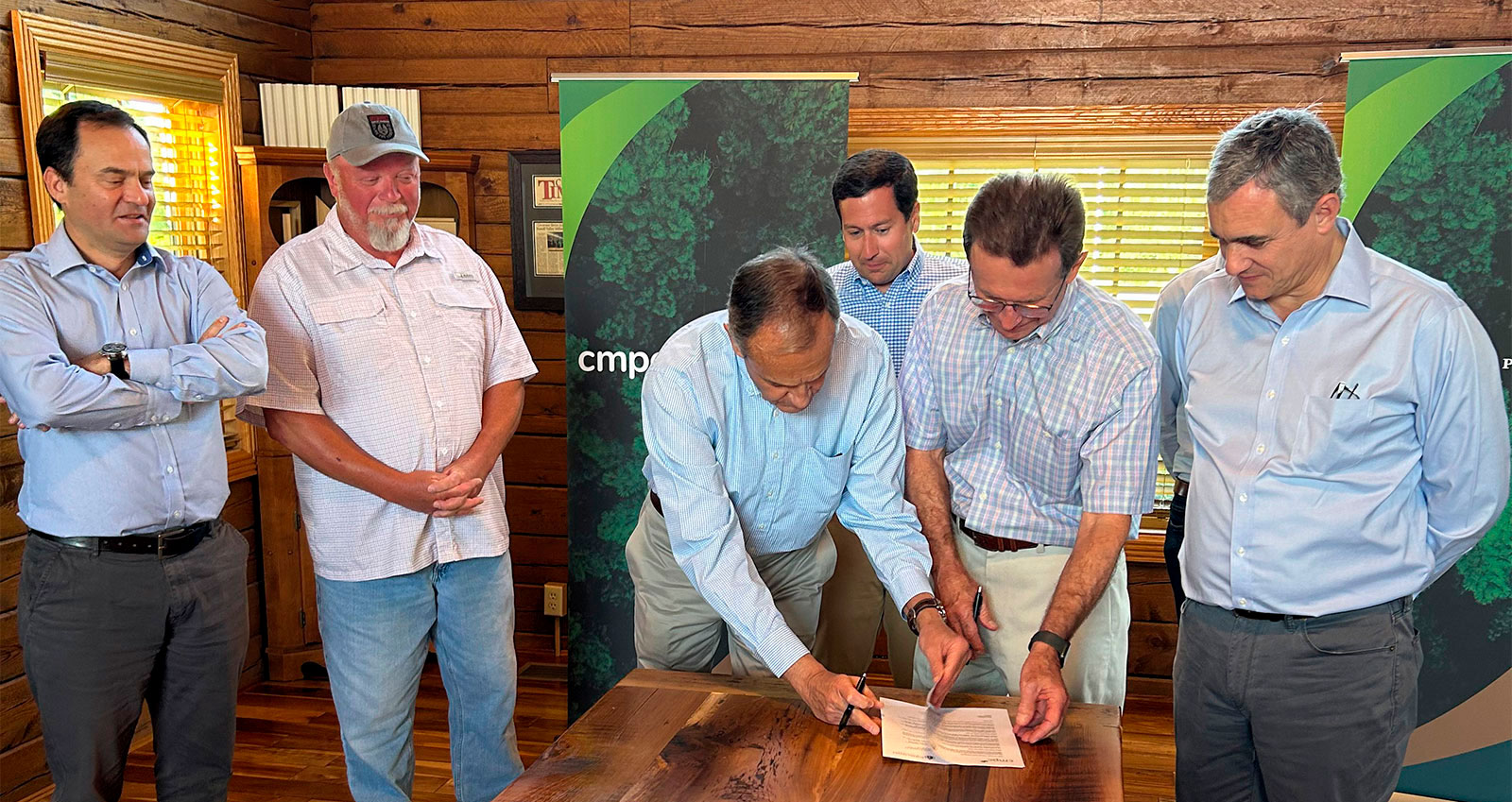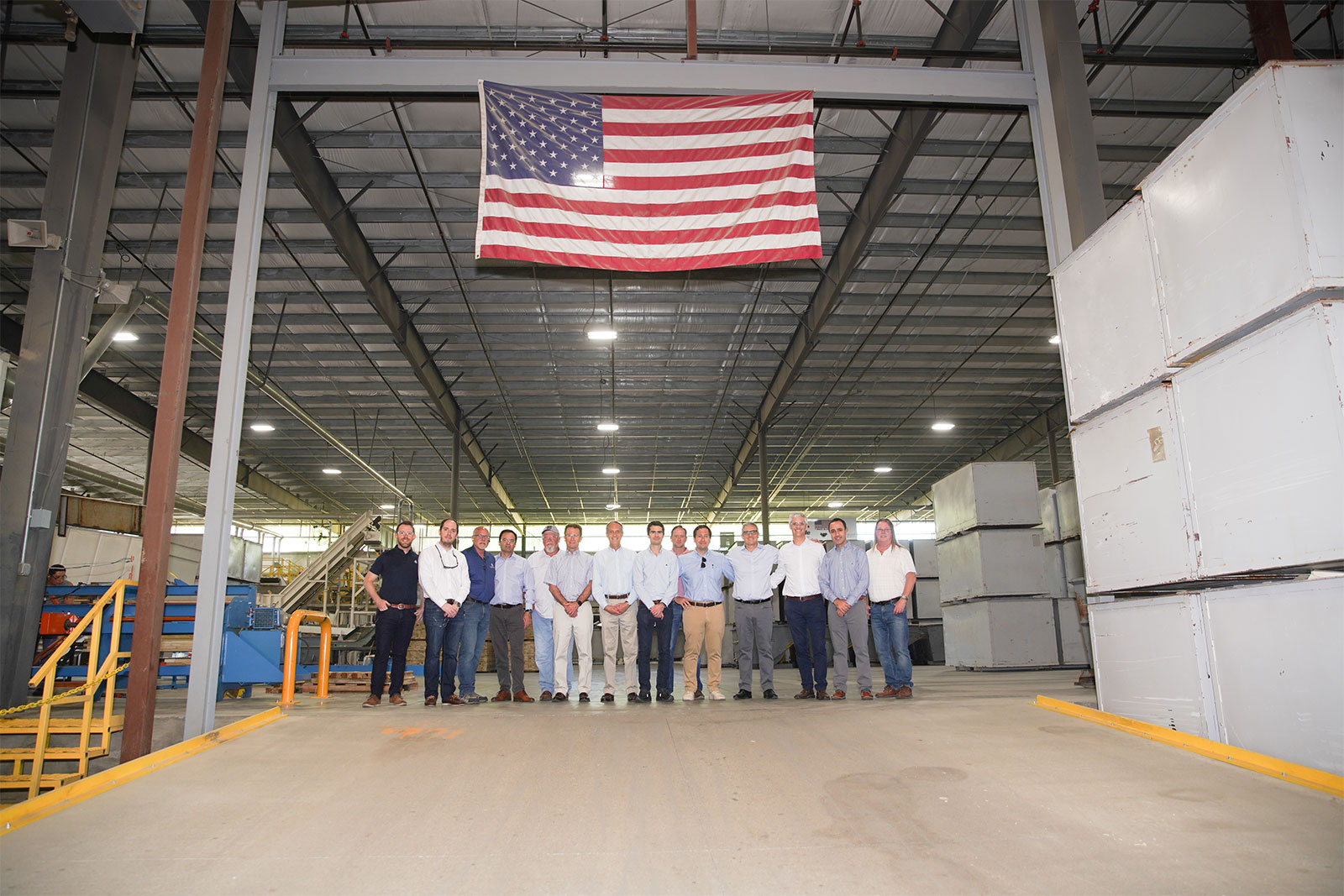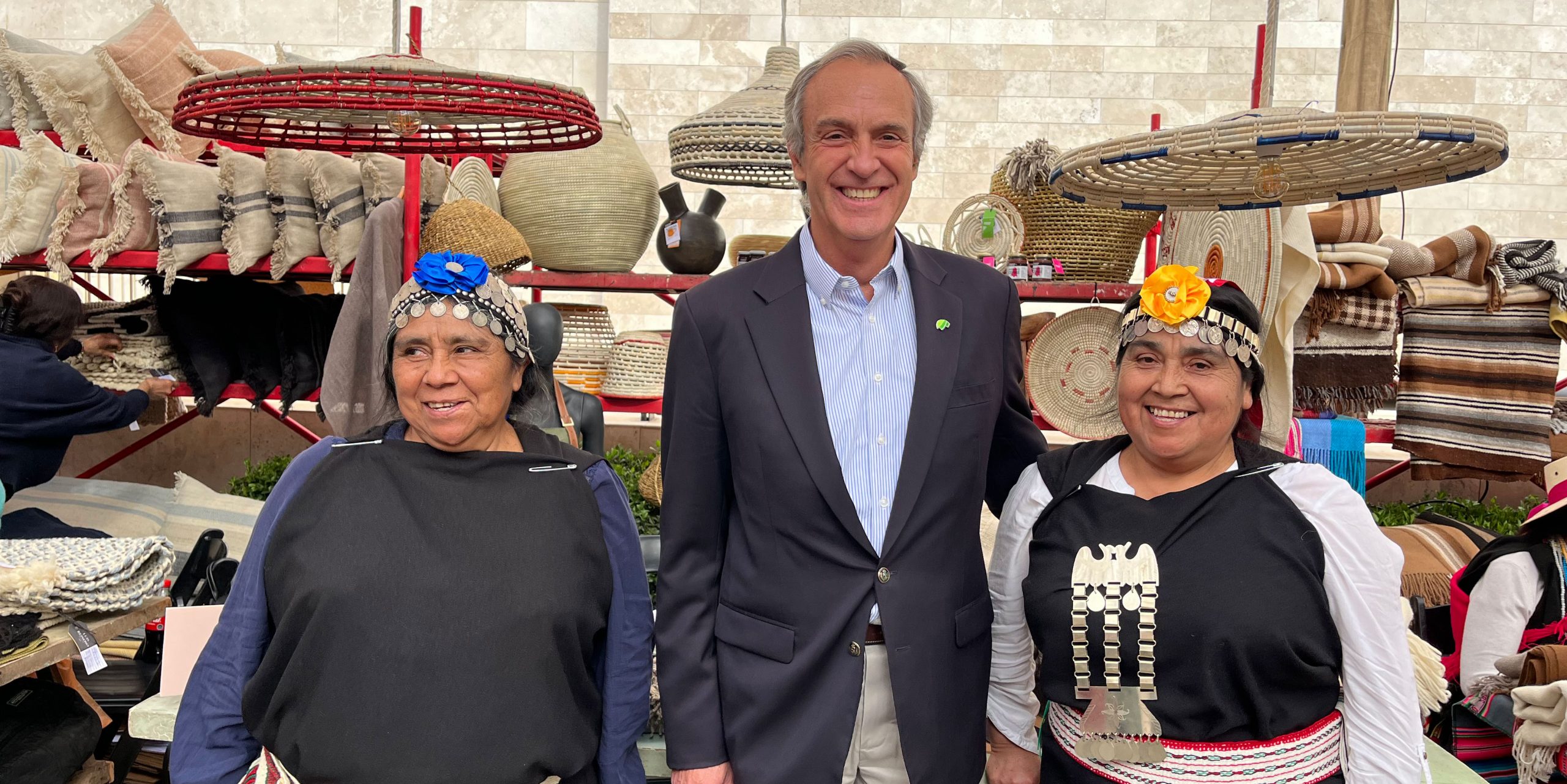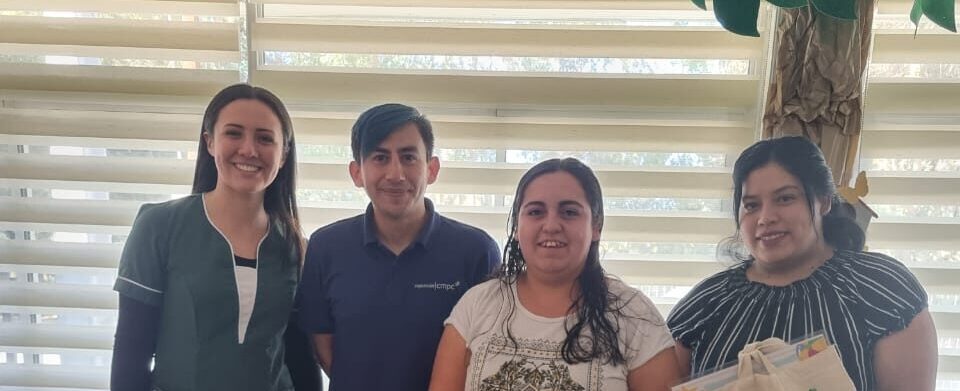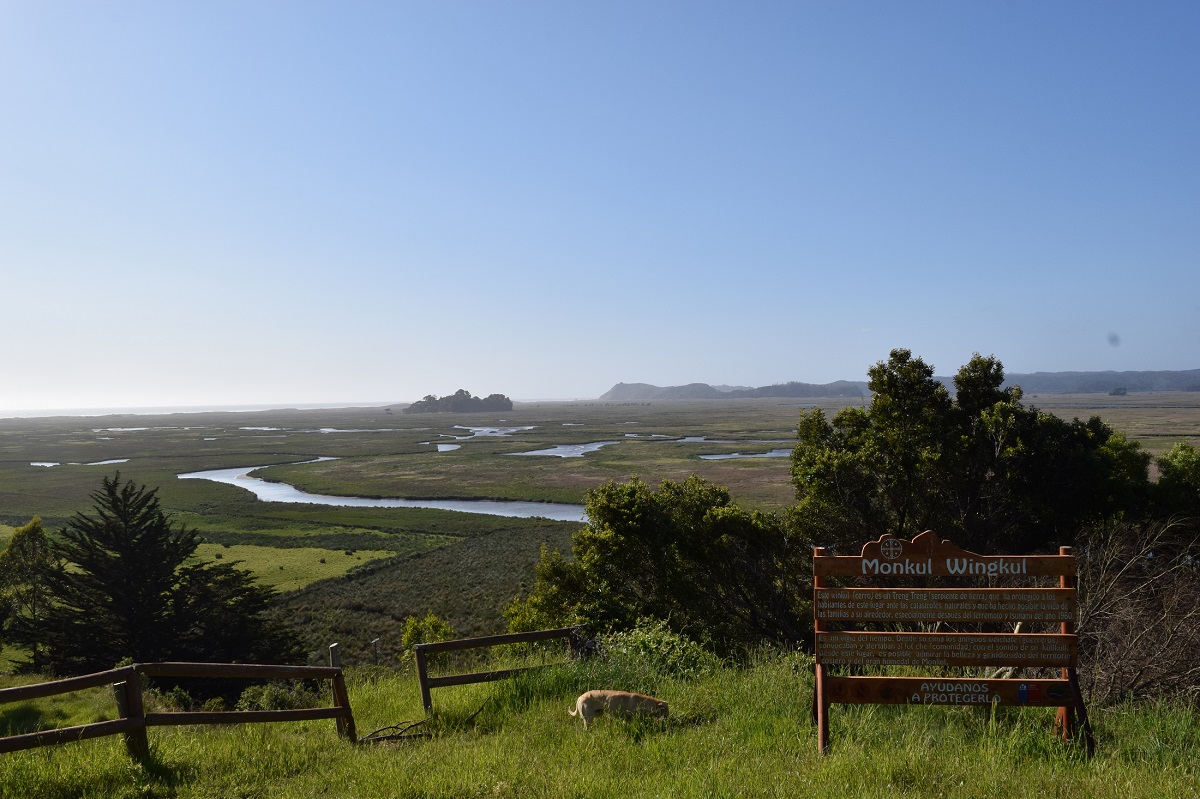
Monkul Wetland: A Mapuche paradise that attracts tourists
05 de December, 2019
Beyond the traditional routes around the lakes of the La Araucanía Region, the Carahue Navegable river route is a tourist attraction framed in the Andes mountain range, starting at the Carahue River Station east of Temuco and consisting of a 30- kilometer route along the Imperial River. It has a series of docks installed with local enterprises, which are the essence of the river route. The end of the tour is the spectacular Monkul Wetland, located in the coastal sector of the Province of Cautín, 74 km from the regional capital.
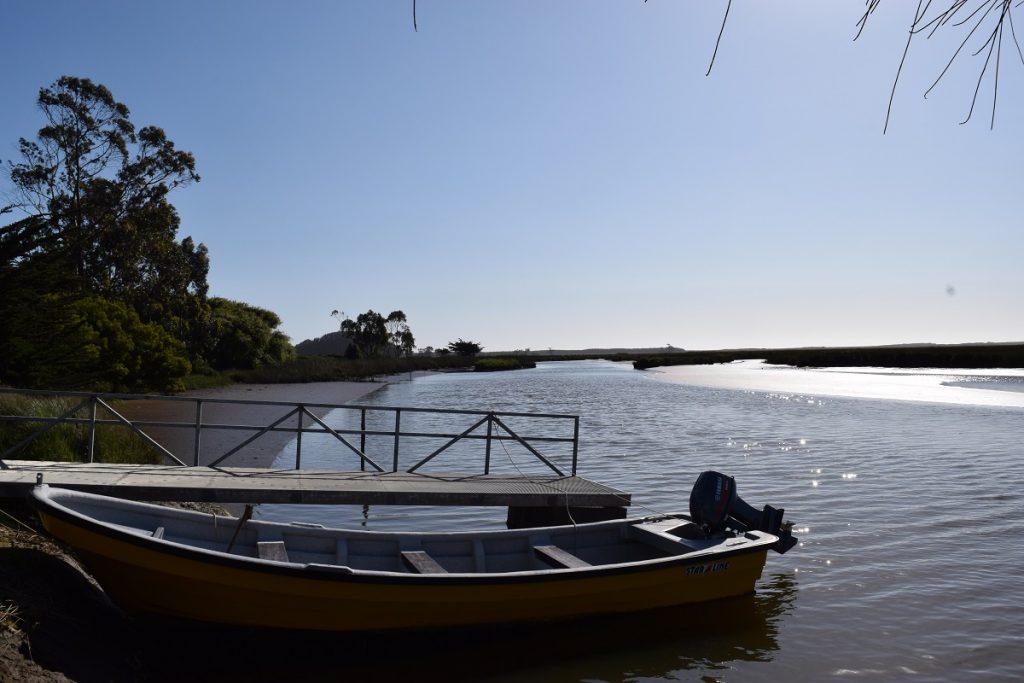
This wetland is valued, because it concentrates a wide biodiversity and because it is crucial in the ecosystem functioning, this is why it is about to be declared a Ramsar site. This project is being carried out, since 2016, by the Department of Social Action of the Temuco Bishopric (DAS), the Municipality of Carahue, CMPC and local entrepreneurs. “Day-light activities are offered, such as visitors reception in the community ruca (tent), community and foundational stories about places of cultural significance, tour on paths and lookouts, bird watching, boat or kayak tours in the wetland, lafkenche (first people identity) and intercultural cuisine as well as cocktail services, and trekking along the Monkul beach to Los Obispos cliffs, ”says Estela Nahuelpán, member of the Mateo Nahuelpán community, to El Mercurio Sunday Magazine.
“The Mateo Nahuelpán community, composed by twenty Mapuche families of the Lafkenche territorial identity, is located in the Monkul wetlands and is the host that receives visitors in this wonderful place which represents the natural end of Carahue Navegable, since it is there where the river flows into the sea, “says Ignacio Lira, deputy manager of CMPC’s Public Affairs Forests. He adds that this community joined the Carahue Navegable project approximately two years ago, which allows tourists to enter the Monkul wetland landscape in a different manner. The Monkul wetland has been declared an indigenous paradise.
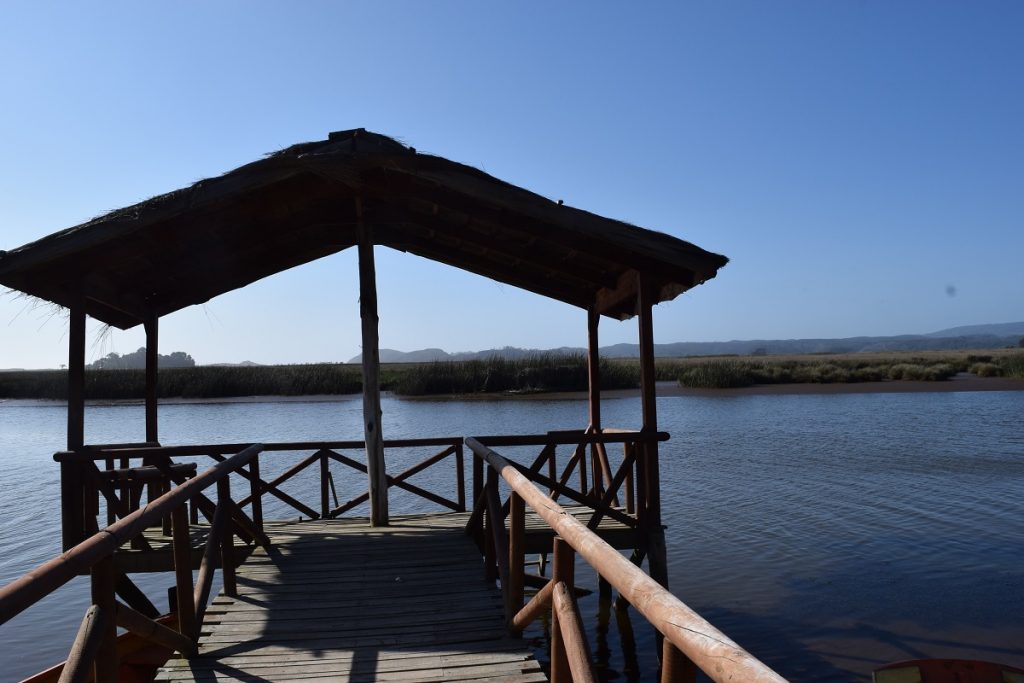
“Visitors are welcomed with preparations that show the best of the Mapuche cuisine in a traditional ruca, and are guided to discover this unique landscape,” Ignacio Lira, says.
Estela Nahuelpán explains that they provide cultural identity, cooperative work and nature tourism, given the presence of the river, sea and an extensive wetland landscape. “The importance of the wetland and the route for visitors is the possibility of living an in site experience, in contact with nature and local culture represented by our community and respectful interaction with the environment,” she explains. She adds that the community participates on the river route through the Monkul Newen Ko Cooperative.

